Concurrent Session III | May, 8 | 2:15 – 3:45 PM MT
Breakout 1 | Breakout 2 | Breakout 3 | Breakout 4 | Breakout 5
Return to Schedule
Session A3.2
Rulemaking and NEPA: The Risks and Rewards of Reversing Course | NEPA
2:15 – 3:15 PM
| About the Presentation |
|
A rulemaking endeavor by an agency is often a routine matter that may not attract much public interest. Sometimes, however, the process is complicated by a reversal of regulations based on an agency's reinterpretation of its laws and policies, or a change in administration that requests a reexamination of an issue. Occasionally, this process is even further convoluted by another change that results in a return to the original regulation. In a recent undertaking, the National Park Service (NPS) proposed through rulemaking to prohibit certain sport hunting and trapping methods in all NPS national preserves in Alaska. The twist in the process was that these certain harvest methods were previously prohibited through rulemaking in 2015, and then removed from prohibition through rulemaking under a different administration in 2020 (the 2015 Rule and 2020 Rule, respectively), with a novel interpretation of several laws from a federal perspective in 2020. Both rulemaking endeavors generated strong public comment and interest. In this most recent reversal in 2022, the NPS reconsidered its conclusions regarding the 2020 Rule on three topics: (1) the meaning and scope of hunting for "sport purposes" under the Alaska National Interest Lands Conservation Act (ANILCA); (2) bear-baiting; and (3) State of Alaska ("the State") law addressing predator harvest. The NPS opted to write a new EA (other options were to rely on the 2015 Rule EA, which contained essentially the same analysis or write a Memo to File to "tell the story") despite the lack of new data regarding sport hunters practicing the specific methods that were allowed after the 2020 Rule implementation.
Presenting new conclusions with essentially the same impact analysis was tricky due to the scrutiny that this revised rule would receive from the public and other entities. The EA team acknowledged the risk of reversing positions (and conclusions) for a third time, such as the potential for public confusion or loss of trust or causing conflict with the State of Alaska or other entities. The rewards of resolving the key issue of the 2020 Rule regulations being in tension with NPS policies and NPS laws became the primary driver to go forth with the rulemaking for what is expected to be a final time.
Session Objectives:
- Illustrate the challenges of presenting analysis when agency interpretation of laws and policies is reevaluated.
- Acknowledge the risks and highlight the rewards of policy reevaluation within a structured framework of rulemaking with associated impact analysis under NEPA.
- Provide insight into the complexity of understanding the true definition of terms with multiple legal or personal meanings by different entities and the public.
|
| About the Speakers |
|
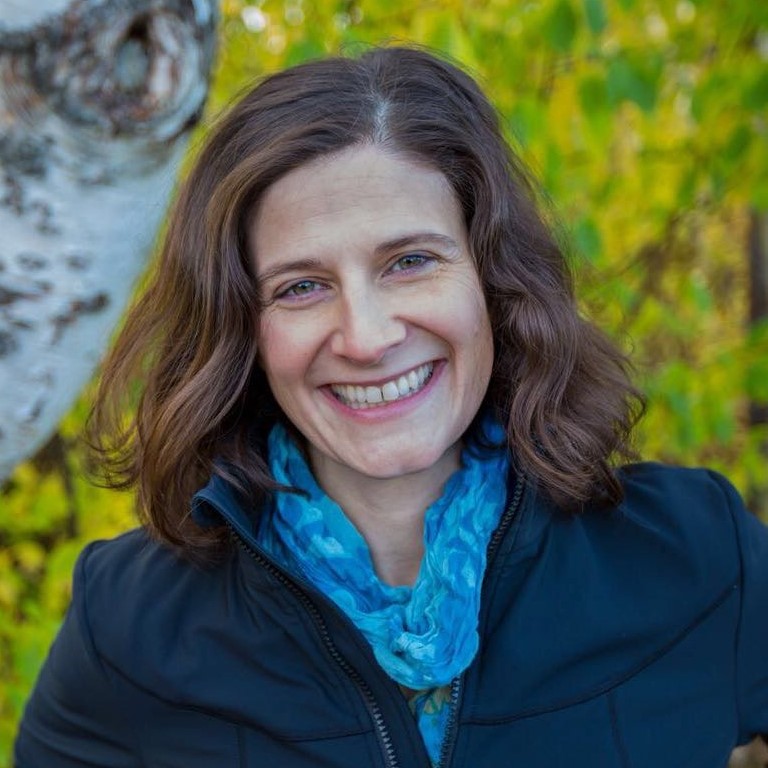
Elizabeth Bella, Ph.D.
Environmental Planning & Compliance (EPC) Team Lead
National Park Service
Elizabeth is a planner and vegetation ecologist with over 20 years of impact assessment, permitting, public involvement, and applied biology experience in Alaska. In her current role as Environmental Planning and Compliance Team Lead for the Alaska Region of the National Park Service, she leads her team in supporting planning and compliance projects for all Alaska region parks, as well as coordinating external compliance reviews. Prior to this role, she served as a senior environmental planner at AECOM, leading large-scale EIS analyses as well as various permitting and planning projects; she has also worked as an ecologist for the USFWS and the US Forest Service. She has a Ph.D. in Ecology from UC-Davis and completed a postdoc at the Bio-Protection Research Centre at Lincoln University, NZ.
|
|
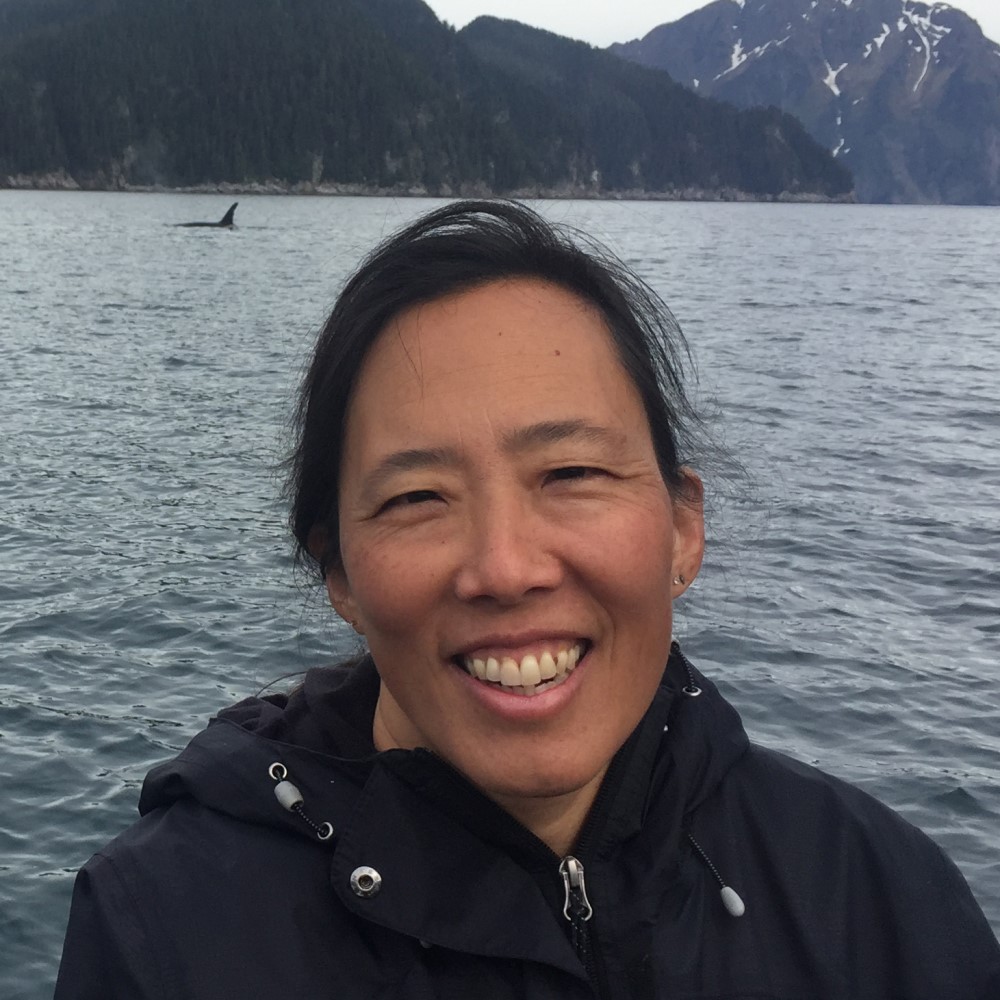
Sharon Kim
Environmental Protection Specialist and Outdoor Recreation Planner
Alaska National Park Service Regional Office
Sharon has been working for the Alaska National Park Service Regional Office since June 2019 initially as an Environmental Protection Specialist and now as an Outdoor Recreation Planner. Prior to the regional office, she worked in resource management in NPS parks for over twenty years and NEPA has been an emphasis throughout her career. She led the Resources Divisions at Kenai Fjords National Park, Flagstaff National Monuments, and Montezuma Castle/Tuzigoot National Monuments. She also worked as a biologist at Katmai National Park and Preserve, Zion National Park, Denali National Park and Preserve, and Santa Monica Mountains National Recreation Area. Before working for NPS, she received a master's degree in biology at UCLA following bachelor's degrees in biology and English at UC Berkeley.
|
Session A3.3
The Inanity of Purpose and Need | NEPA
3:15 – 3:45 PM
| About the Presentation |
|
We propose to take action X. Why? Because we need action X. X becomes both the proposed action and the need for it. The purpose of our proposal is to achieve or realize or obtain X. There it is. X is the proposal, the need for it, and its purpose. This is inane. The reader wanted, but didn't get, the answer to the why question: why is action proposed? There aren't 2 things: purpose and need. There is only one thing: the rationale for the proposal.
We know from case law that an agency is arbitrary or capricious if it does not match its proposed actions with a justification for them on the record. We know from case law that the need for action not only justifies the proposed action but in turn all action alternatives; only alternatives that meet the need should be included in an EIS. There is no role for purposes once the need is established. Attempting both is inane. For over 50 years, since the phrase was introduced by the 1978 regulations implementing the procedural provisions of the National Environmental Policy Act, every EIS has included a section in the recommended format for an EIS titled "purpose and need". This phrase has never been defined in NEPA regulations and thus it has been interpreted differently in NEPA practice. Some believe the phrase means 2 things: a purpose and a need, as if a need alone would not fill the space. Some believe the phrase is unitary, meaning 1 thing, essentially the rationale for the proposed action. Some apparently believe the phrase is meaningless filler material and stands for nothing; thus, no meaningful content is necessary. This is inane. The section titled "purpose and need" and thus the phrase itself is not mandatory in the NEPA-implementing regulations.
There is a better way: what do we have, what do we want instead, how do we propose to get there, is there any other way to get there, and how do the options compare? This is plain language without inanity. Join me as I share a better way to organize essential information in EISs, consistent with the NEPA-implementing regulations.
|
| About the Speaker |
|
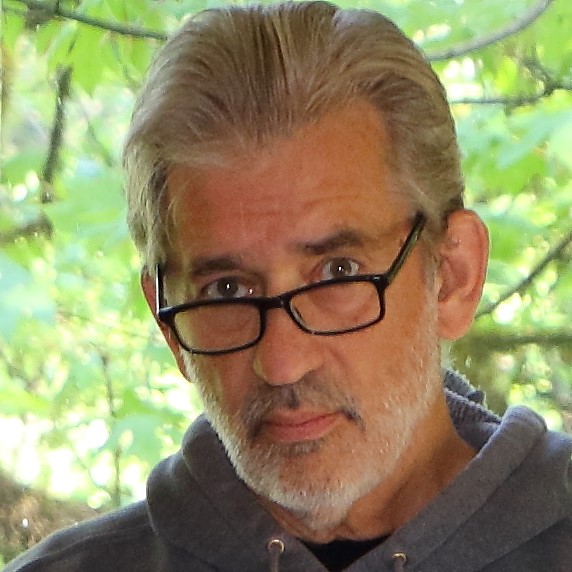
Owen Schmidt, BA, MA, JD
Consultant
Owen L Schmidt LLC
Owen L. Schmidt, BA, MA, JD, has more than 32 years of service with the Federal Government. He served as Senior Counsel with the U.S. Department of Agriculture, Office of the General Counsel in Portland, Oregon, where he advised USDA agencies in Washington and Oregon. He was also a Special Assistant United States Attorney in the District of Oregon. The author is a frequent author and lecturer on the National Environmental Policy Act. He has been the NEPA trainer for the Northwest Environmental Training Center for the past decade.
|
Back to Top
Session B3.2
Section 4(f): New Approaches to Address Old Challenges | Transportation
3:15 – 3:45 PM
| About the Presentation |
|
Section 4(f) of the US DOT Act of 1966 has been a complex and controversial environmental compliance requirement for Federal transportation projects for many years. Historically, this substantive law has been the basis for many transportation and environmental lawsuits. These days, transportation practitioners have additional tools and methodologies, like exceptions, net benefit programmatic evaluation, and the evaluation of least overall harm, to interject more reason into the Section 4(f) compliance process. This presentation will highlight current practices and identify resources in order for attendees to better understand these issues and improve their approach to Section 4(f) compliance.
Session Objectives:
- Explain substantive requirements of Section 4(f) of the US DOT Act of 1966
- Highlight additional tools and compliance methodologies available to increase practitioners' understanding and improve Section 4(f) compliance approach
|
| About the Speaker |
|
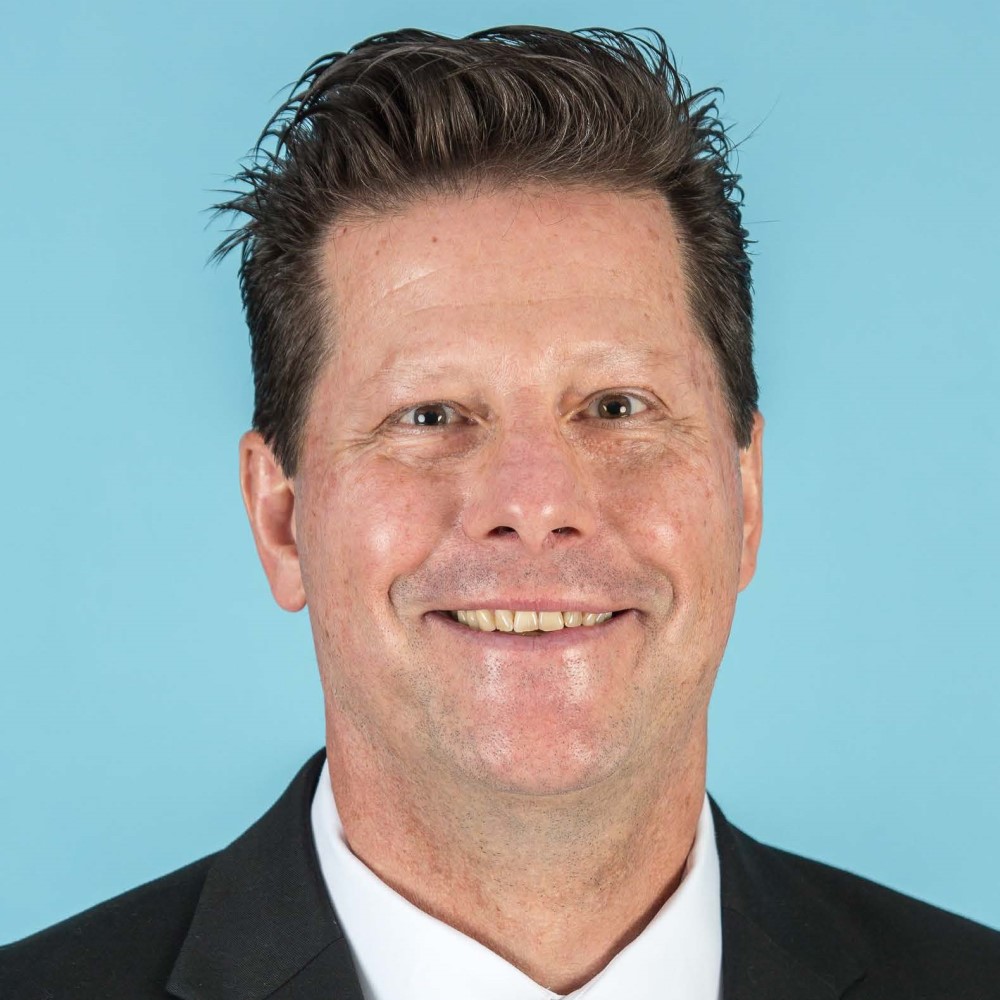
David Grachen
Senior Environmental Manager
Edwards Pitman Environmental Inc, (EPEI)
David Grachen is a Senior Environmental Manager at Edwards Pitman Environmental Inc, (EPEI). He uses his NEPA, Section 106, and Section 4(f) expertise to advance transportation project delivery in support of State DOT and local government clients. He also pursues new business opportunities and develops and delivers environmental training for State DOTs, environmental consultants, and others involved in the development of transportation projects requiring NEPA compliance. Prior to joining EPEI, he worked for the Federal Highway Administration for 34 years and was their national subject matter expert for Section 4(f) and the NEPA Assignment Program.
|
Back to Top
Session C3.1
The New Best Management Practices: Resilient Water Resources | Water
2:15 – 3:15 PM
| About the Presentation |
|
Living on planet Earth? Welcome to the century of climate change. The temperature is rising, precipitation is falling, and patterns of flooding and drought are being rewritten. Your projects all involve water, an essential building block of life, in new and fascinating ways. Urban runoff is now more polluted, water rights more contentious, and flooding infrastructure more at risk. How do you plan and design for a world that is just now starting to take shape? By applying resilient design practices and proper permitting to the water resources and stormwater disciplines.
Join diplomate water resources engineer and ENVISION certified professional Jennifer J. Walker for a list of future-proof philosophies as well as a tour of more than 30 years of project successes spanning multiple challenging geographies. Walker will cover permitting, planning, and design of water resources, stormwater, water supply, and other heavily environmentally focused projects through the lens of an engineer and scientist on the frontlines of the fight against climate change. Walker will also cover process analysis and funding of water resource improvement projects from both the public client and the private consultant perspectives. Resilience is multidisciplinary: it encompasses timely and detailed project permitting, advanced modeling of hydrology and hydraulics for large supply reservoirs, GIS inventories of stormwater drainage infrastructure, conservation strategies for large agencies with a need for systemwide diagnostics and recommendations, process streamlining to improve permit approvals and to "get the work done", NEPA/CEQA environmental reviews to assess mitigation, and feasibility studies and final design that respond to appropriate risks.
Walker's presentation will aim to help you identify opportunities for resilience in your projects (either from the consultant or client perspective), with the ultimate goal of inspiring projects that keep at-risk populations (human and otherwise) safe from the worst effects of climate change.
|
| About the Speaker |
|
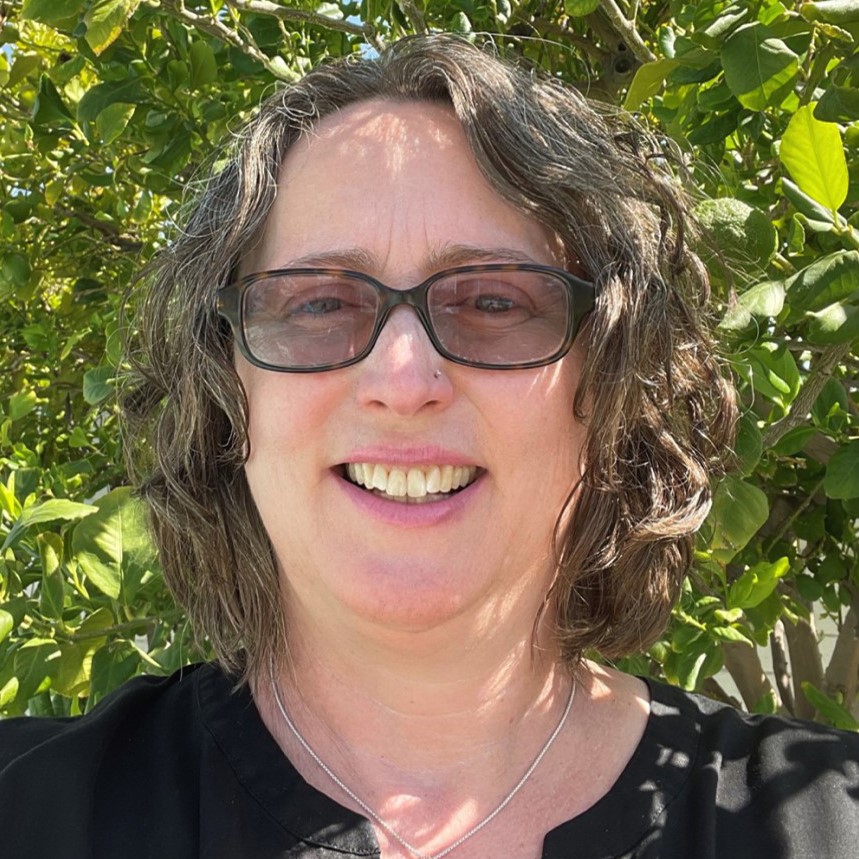
Jennifer J. Walker, PE, DWRE, ENV SP, CFM, QSD
President
Watearth, Inc.
Walker, President of Watearth, Inc., has an earned reputation for bringing unique insights to projects, whether the focus is green infrastructure or gray. As a water resources engineer chiefly concerned with developing sustainable and resilient solutions, Walker has provided operations training and continuing education to more than 10,000 client staff and engineers worldwide through ASCE, CASQA, FMA, USACE, and Stanford University.
|
Session C3.2
Paint-by-Numbers Approach to Source Water Protection: City of Houston Example | Water
3:15 – 3:45 PM
| About the Presentation |
|
Source water protection (SWP) planning is an important component of the multiple barrier approach to producing safe potable water. However, when you are charged with managing one of the largest and most complex water systems in the nation and are resource constrained, the process can be complex and overwhelming. We worked closely with the Drinking Water Operations team for Houston Water to design a multi-phase source water protection program that helps break down a complicated process into a manageable approach (just like painting a landscape via paint by numbers) by focusing on one step at a time.
During the first phase, we focused on understanding the existing federal, state, and local regulations for SWP. We found over 250 regulations that govern the protection of Houston's water supply sources, which is significant to manage for a small team. To make things manageable, two spreadsheet tools were developed to evaluate and track compliance with regulations- one for surface water and one for groundwater. The spreadsheets allow the regulations to be searched, sorted, and reviewed to determine compliance at the regulation or system component level. It also notes which department or agency is responsible for management activities, which facilitates conversations across departments in a multi-jurisdictional system. The next steps in the program will identify and prioritize water quality and related watershed problems and develop protection and/or remediation strategies based on the assessment of the sources and their susceptibility to contamination. The program will continue to roll out in phases, painting a clearer picture of source water protection with each step.
This presentation will talk about lessons learned during the development of the tools and focus on how this paint-by-numbers approach can be implemented in other systems with similar resource constraints so that managers can implement ambitious protection plans in realistic and manageable steps.
|
| About the Speaker(s) |
|

Courtney ONeill, PE
America's Water Resources Planning Lead
AECOM
Courtney O'Neill is a Vice President with 16 years of experience in resilient water resources planning and engineering. She leads AECOM's Water Resources Planning group in the Americas and manages the Strategy and Growth of the Global Water Resources Market Sector. She received her undergraduate degree in Biosystems Engineering from Michigan State University and has a Master's degree in Water Supply Planning from the University of Washington. In 2021, she was named one of the Top 20 Engineers in the Nation Under 40 by Engineer News Record (ENR).
|
Back to Top
Session D3
AEP Climate Change Committee: Climate Action Plans--GHG Reduction Goals and Challenges for the Future | Climate
2:15 – 3:45 PM
| About the Presentation |
|
The AEP Climate Change Committee (CCC) will provide the state of the climate action planning practice in terms of meeting ever more aggressive reduction goals within climate action plans (CAPs) and the feasibility of those goals. In this discussion, the AEP CCC will focus on serval CAPs being implemented across the Country including the New York City (NYC) CAP with a goal of reducing 80 percent of its emissions by 2050 which is consistent with the 2016 Paris Climate Agreement. This analysis will look at the various reduction measures that NYC has within the CAP in achieving the goal with a focus on the existing built environment and the extent and tempo of existing building retrofits within the City. How practical are the goal and the measures meant to accomplish it? Does the City have backup measures to ensure the achievement of the goal?
The AEP CCC will also focus on the City of San Louis Obispo (SLO) CAP with a goal of net carbon neutrality by 2035. This analysis will focus on some of the innovative reduction measures that SLO is implementing to achieve this goal including electrification of all buildings (both existing and future), electrifying on-road transportation, producing and collecting methane through anaerobic digestion of all wastewater and dairy ponds, methane capture and refinement at all solid waste facilities, zero-emission electricity production, and the production and use of hydrogen in hydrogen fuel cells. Is SLO on target to meet the aggressive goal? What innovative solutions does SLO provide for other local jurisdictions to look at? Finally, the AEP CCC will review the Department of Defense (DOD) CAP. What are the motivations and co-benefits the military has in mind for reducing GHGs and adapting to climate change? What role is DARPA playing in developing innovative solutions to reducing GHG emissions and making military operations less dependent upon fuel logistics? What does the future have in store for climate action planning? Find out during this very important AEP CCC panel presentation.
Session Objectives:
Provide an overview of the current state of climate action planning practice including the trend for more aggressive reduction goals.
Provide an overview of the feasibility analysis conducted on the 3 CAPs discussed.
Share new technologies and innovative ways of reducing GHG emissions.
Briefly explain how the military is using GHG reductions to further its goals of reducing logistics and better securing military bases. |
| About the Speaker(s) |
|
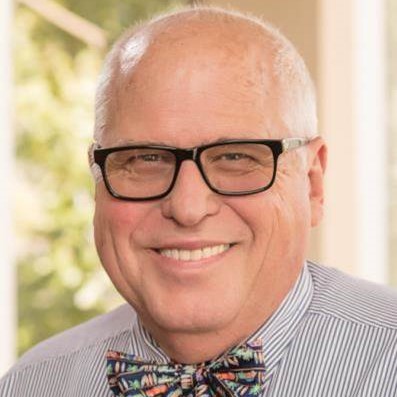
Michael Hendrix
Michael Hendrix Consulting
Michael Hendrix has over 26 years of experience in greenhouse emissions, climate change, and climate action planning. He is the current chair of the AEP Climate Change Committee and has written, contributed toward, and supervised over a dozen AEP White Papers providing guidance in the analysis of greenhouse gas emissions in NEPA and climate action planning.
|
|
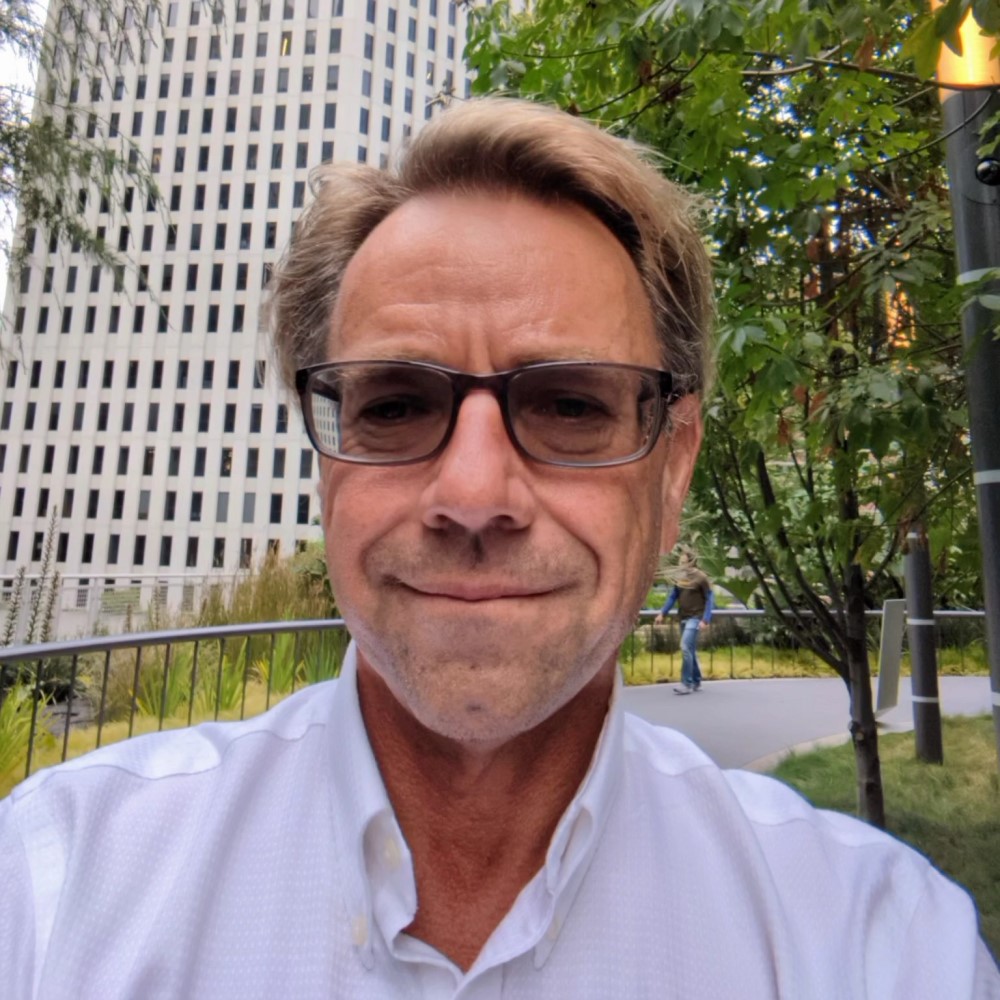
Rich Walter
Vice President, Environmental Planning
ICF
Rich Walter has 30 years of experience in environmental planning, compliance strategy, permitting, and mitigation development and implementation. Rich has led an ICF Climate Action Planning practice since 2006. Rich is also a key author for the Association of Environmental Professionals (AEP) white papers on climate action planning.
|

Brian Schuster
Director | Air Quality, Climate, and Acoustics
ESA
Brian Schuster leads ESA’s Northern California Air Quality, Climate, and Acoustics practice. He has 15 years of CEQA consulting and Climate Action Planning (CAP) experience. Brian is a practice lead for ESA’s local CAP line of business and serves as CAP project manager for public and private agencies throughout California. He is also a member of the Association of Environmental Professionals (AEP) Climate Change Committee.
|
Back to Top
Session E3
Who Lives in the Airlie House Today? Panel Discussions on Inclusivity, Collaborations with Descendant Communities, and Modern Cultural Resource Management | Cultural
2:15 – 3:45 PM
| About the Presentation |
|
President Lyndon B. Johnson signed into law the National Historic Preservation Act on October 15, 1966. The law provided for the creation of the Advisory Council on Historic Preservation, a State Historic Preservation Office, National Register of Historic Places, and the Section 106 review process. Just three years later President Richard Nixon signed into law the National Environmental Policy Act. Both Acts swiftly threw the academic archaeological community into an identity crisis about the differences between contract and academic archaeology, between “salvage” archaeology and “research.” This soul searching is evident in a series of early seminars the Society for American Archaeology (SAA) held in 1977 by and reported on in The Management of Archeological Resources: The Airlie House Report. One of the issues highlighted in this seminal report is how best to engage descendant communities. Since then, the archaeological community has asking itself how it can develop better Government to Government relations with Sovereign Native Communities, whose heritage is focus of our studies. And descendant communities have asked that we do a better job of this. Barriers within the profession, however, still exist. Some of these barriers are overt, and some are structured in the language we use in how we speak and how we write.
This 90-minute session will pick up where the Airlie House Report left off and focus on
- Tribal consultation and our language practices;
- Pending legislation to update the Native American Graves Protection and Repatriation Act; and
- A look at preservation disparity when communities do not fit neatly into our preconceived ideas of what the term “significant means.” The overarching theme to be woven through these discussions is how we talk to our Sovereign neighbors, the words we choose, and the importance of resetting our mental templates for collaboration with descendant communities in modern cultural resource management.
|
| About the Moderator |
|
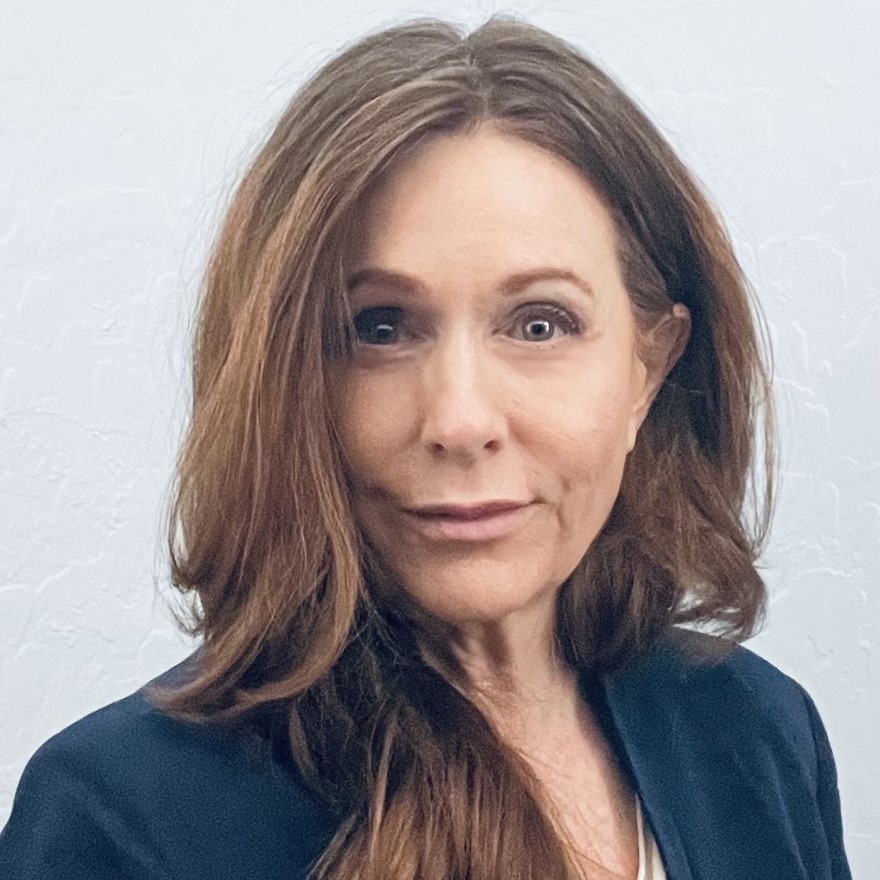
Jerryll Moreno, MA, RPA
Cultural Resources Group Manager
Pinyon Environmental, Inc.
Jerryll Moreno is a principal investigator and cultural resources group manager with Pinyon Environmental, Inc. She has 30 years of experience leading surveys and data recovery in the western United States. Ms. Moreno co-leads the National Association of Environmental Professionals (NAEP) Section 106 Working Group, and she serves on NAEP’s Women+ in STEM Leadership Development committee. She serves Society for American Archaeology’s Employment Taskforce and is a member of the publication committee for the journal Kiva: the Southwestern Journal of Anthropology and History.
|
| About the Speaker |
|
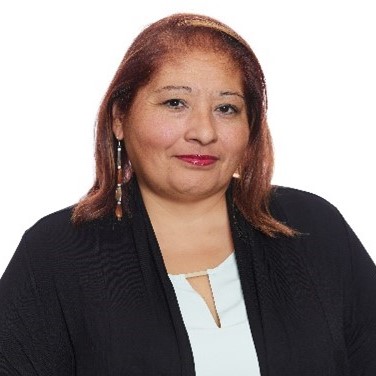
Desireé Reneé Martinez
President
Cogstone Resource Management
Desireé Reneé Martinez is a Gabrielino (Tongva) community member, Tribal archaeologist, President of Cogstone Resource Management, and a Registered Professional Archaeologist with over 25 years of experience in archaeology. She received her MA (Anthropology) from Harvard University and her BA (Anthropology) from the University of Pennsylvania. Ms. Martinez has extensive experience consulting with Native American leaders and community members in a variety of contexts including the collection of ethnographic and historical data from an indigenous perspective and the repatriation of ancestral and funerary objects at the state, national and international levels. Finally, Ms. Martinez is at the forefront of creating and implementing collaborative archaeological agendas at the state and national levels.
|
|
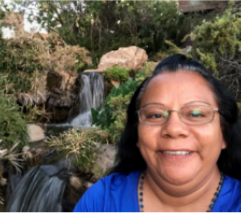 Bernadette C. Carra Bernadette C. Carra
Tribal Monitor Field Director
Ak-Chin Indian Community
Bernadette C. Carra is the Tribal Monitor Field Director (Ak-Chin Indian Community). Ms. Carra was born in Phoenix, Arizona, and grew up in Maricopa, Arizona. She is a member of the Ak-Chin Indian Community and currently resides in Casa Grande, Arizona. The Ak-Chin Indian Community is one part of the Four Southern tribes that also include the Gila River Indian Community, the Salt River Pima-Maricopa Indian Community, and the Tohono O’odham Nation Ms. Carra attended Maricopa High School in Maricopa, Arizona, and obtained her GED from Seguin High School in Seguin, Texas. She has also obtained Certificates for Medical Assistant and Medical Biller & Coder from the Maricopa Skills Center in Phoenix, Arizona, and a Certificate of Business from Central Arizona College in Coolidge, Arizona. In 2012, she began employment with the Ak-Chin Indian Community as a Security Officer, patrolling the Community boundaries to protect Community assets. In 2017, she transferred from the Security Department to the Cultural Resources Department and held the position of Cultural Resource Specialist – Land Management. She is currently employed by WestLand as a Tribal Monitor.
Ms. Carra applied to be a Tribal Monitor simply to be a voice for her people and ancestors in protecting her tribal heritage—past, present, and future. Bernadette feels that a Tribal Monitor presence is important during these projects because tribal involvement is never included in projects from the beginning where such input is most valuable. Bernadette has benefited from the Tribal Monitor Program because it has allowed her to use her knowledge to assist archaeologists in understanding the O’odham culture rather than just interpreting it. She has been given the opportunity to learn from her Elders the history of her culture, traditions, and beliefs and the importance of preserving her identity.
|
|
 Angela Garcia-Lewis Angela Garcia-Lewis
Cultural Preservation Compliance Supervisor
Cultural Preservation Program, Salt River Pima-Maricopa Indian Community
Angela D. Garcia-Lewis is a Cultural Preservation Compliance Supervisor at Salt River Pima-Maricopa Indian Community (SRP-MIC). Ms. Garcia-Lewis began her career as a Laboratory Technician with the Gila River Indian Community Cultural (GRIC) Resource Management Program and later served as the Native American Graves Protection and Repatriation Act of 1990 (NAGPRA) Coordinator with the SRP-MIC Cultural Preservation Program. Since becoming the NAGPRA Coordinator, she has conducted cultural resource consultation as required under all state and federal cultural resource laws within the GRIC Ancestral Claims Area ranging from the southern edge along the Gila-Salt Baseline Meridian (otherwise known as Baseline Road), east along Greenlee County along the eastern AZ border, South to the Picacho Mountain, and west to Yuma. She has developed outreach and presentation materials for the Cultural Resource Specialist Office (now the GRIC Tribal Historic Preservation Office and consulted on cultural interpretation programs for outside entities that affected the GRIC and the Four Southern Tribes of Arizona. Ms. Garcia-Lewis has also provided input specific to changes in cultural resource legislation that affects the GRIC and the Four Southern Tribes of Arizona.
|
Back to Top
Session PL3
Dawn of the Dead - Reviving DOT NEPA Documents with Re-Evaluations | Transportation
2:15 – 3:45 PM
| About the Presentation |
|
A combination of updated regulatory requirements, specific process guidance, increased funding for infrastructure projects, political pressure, and the perception and reality of slow delivery are causing the environmental impact documentation process to be accelerated. The new pace of delivery will inevitably lead to more environmental processes and decision documents that need to be revisited and revived to address emerging environmental conditions and design changes, especially during the final design process.
The National Environmental Policy Act (NEPA), federal agency NEPA guidance, and state-level requirements provide a range of methods to address the need for revisiting the environmental impact process. Agencies also have the option to tier their environmental impact reviews, providing more flexibility in the timeline for advancing major transportation decisions through the process. This panel presentation addresses 23 CFR § 771.129 - Re-evaluations and tiered environmental review under 23 CFR 771.111(g), as implemented by the Department of Transportation (DOT), including the Federal Highway Administration (FHWA), Federal Transit Administration (FTA) and the Federal Railroad Administration (FRA).
The panel will briefly review and compare DOT re-evaluations with methods used by other agencies, and describe the re-evaluation process for different environmental document types. Specific project examples from Colorado and Georgia will provide clarification on the approach re-evaluations, including triggers, key issues, scope, budget, and schedule. A project example from Arizona will provide clarification on the approach to tiered environmental review, including the scope of the decision to be made and technical detail in a Tier 1 study that is revisited and built upon in a subsequent Tier 2 study. Environmental impact documentation practitioners will benefit from understanding the risks and uncertainties of re-evaluations and tiered environmental reviews.
A re-evaluation can be a simple document such as a technical memorandum added to the file or a complicated NEPA-like analysis. Methods for focusing and streamlining the overall approach and techniques for addressing sensitive issues will also be covered. Examples of sensitive issues include those topics where previously compliant approaches may require more thoughtful review relative to refined requirements such as climate change, resiliency, and diversity, equity, and inclusion.
At the conclusion of the session, participants will be able to:
- Be aware of emerging topics and approaches for reviving environmental impact documentation processes.
- Understand Best Management Practices for Re-evaluations.
- Understand how the tiered review process builds upon and revisits environmental impact documentation.
- Apply lessons learned from specific case studies.
|
| About the Moderator |
|
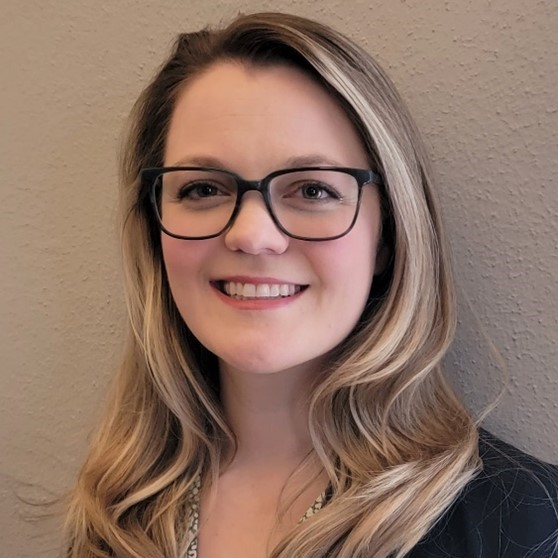
Catherine Bartenstein
Senior Environmental Planner
AECOM
Catherine Bartenstein is a Senior Environmental Planner with AECOM’s Georgia Transportation Office. She manages National Environmental Policy Act (NEPA) documentation and environmental clearances with local, regional, and state clients supporting transportation infrastructure projects obtaining approvals from federal agencies. Ms. Bartenstein holds a Bachelor of Arts degree in Environmental Policy from Sewanee: The University of the South and a Master of Science degree in Conservation Ecology and Sustainable Development from the University of Georgia.
|
| About the Speaker(s) |
|
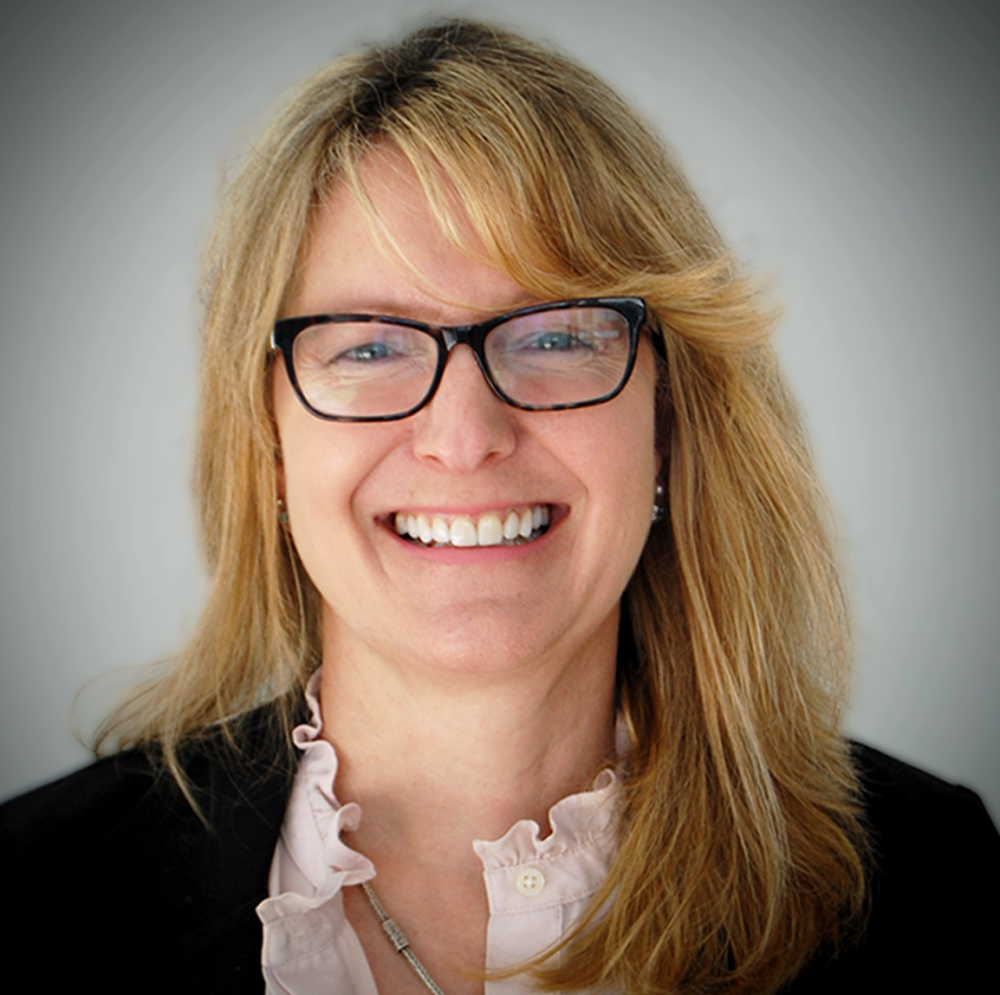
Laura Dawood
Environmental Manager, Georgia Transportation
AECOM
Laura Dawood serves as AECOM's Atlanta Transportation Environmental Manager for a team of over 30 interdisciplinary staff. Ms. Dawood has over 20 years experience in environmental planning/ecology. Her duties include authoring and project managing National Environmental Policy Act (NEPA) documents and environmental clearances for local, State and Federal-Aid projects. Ms. Dawood leads interdisciplinary environmental teams and works closely with project engineers to account for environmental resources by identifying and incorporating avoidance/minimization/mitigation measures into plans. She manages NEPA, public involvement and ecology/permitting documentation as well as develops regulatory strategies to ensure proper documentation for successful environmental clearances.
|
|
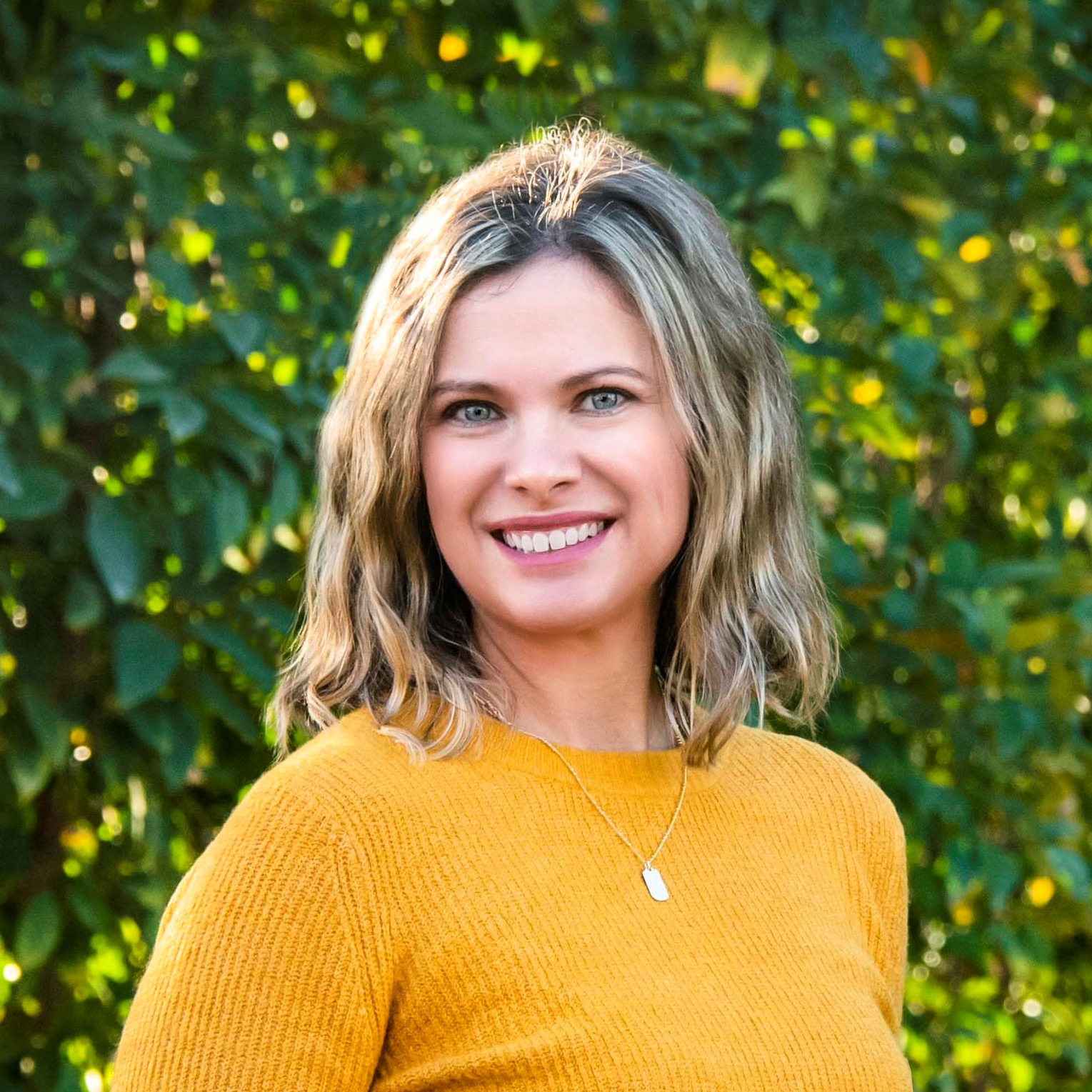
Jessica Rietz
Senior Environmental Planner
AECOM
Jessica Rietz is a Senior Environmental Planner with AECOM. She has over sixteen years of experience in the environmental review process and transportation planning in the southwestern U.S. Her current focus is on NEPA project management for large transportation projects, but she has a technical background in traffic noise analysis, Clean Water Act permitting, and environmental justice analyses. Jessica has a degree in Environmental Sciences from Northern Arizona University. She lives in Phoenix, Arizona with her husband and two young children and enjoys hiking, baking, and reading.
|
Back to Top
Back to Schedule
|











 Bernadette C. Carra
Bernadette C. Carra Angela Garcia-Lewis
Angela Garcia-Lewis




